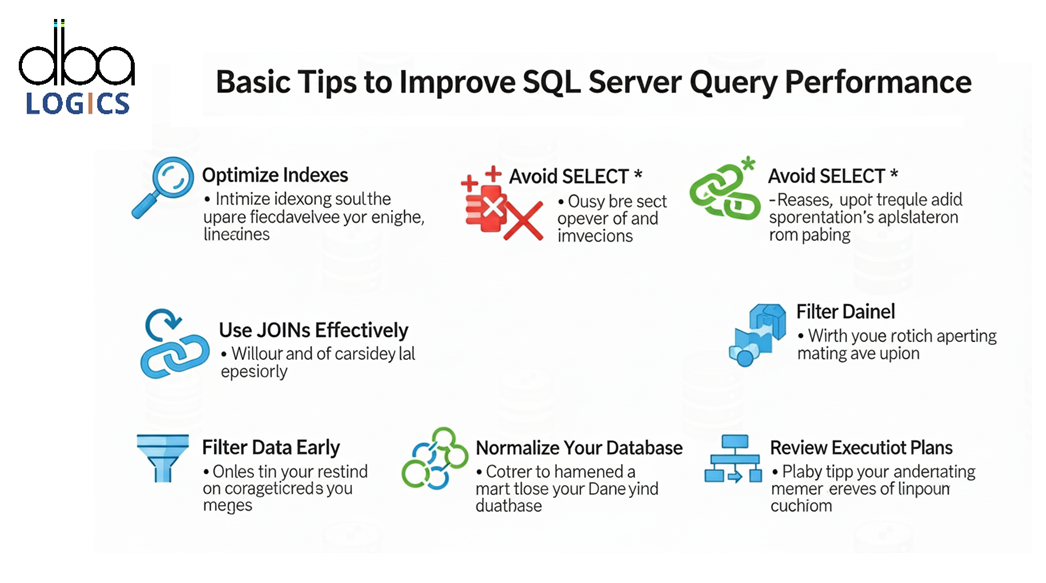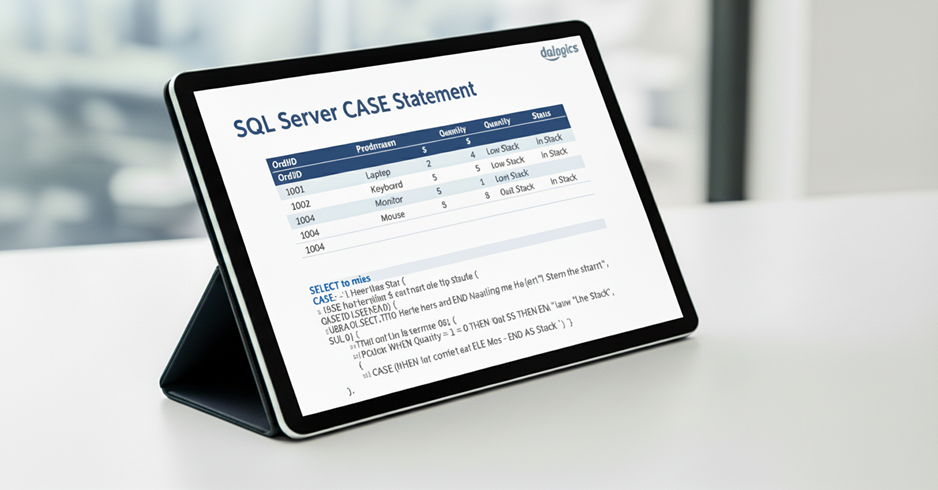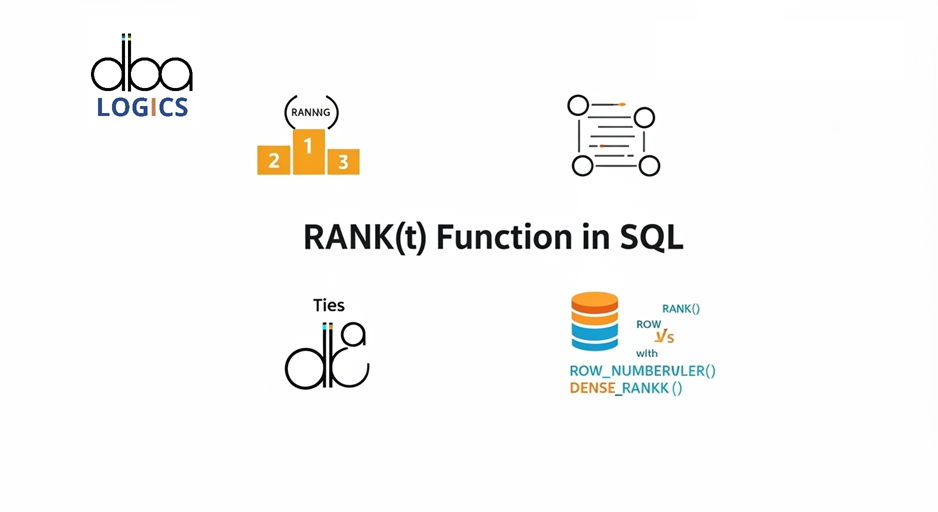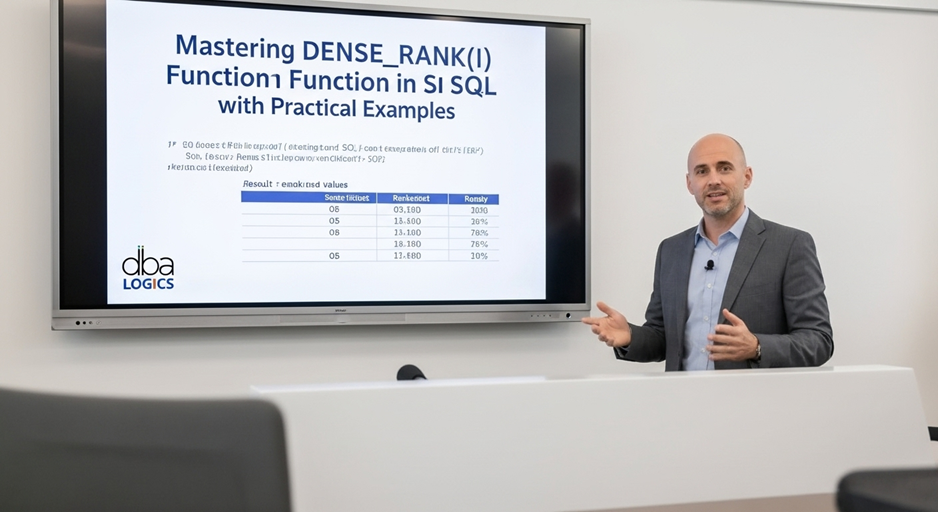Programming
SQL Command Types Explained: DDL, DML, DCL, and TCL
Study the role and the distinction between the types of SQL commands: DDL, DML, and DCL, and TCL utilized to control and create the structure of the d...
DBAlogics: Your Trusted SQL Server Remote DBA Partner
DBAlogics is a reliable company of complete database consulting and supporting service provider with specialization on Microsoft SQL Server. We provid...
Becoming a Successful Database Administrator (DBA)
A Database Administrator (DBA) is the one who designs, implements, maintains, and solves database problems. The major objective of a DBA is making the...
SQL Server Joins Explained Simply
In SQL Server, joins are used to combine rows from two or more tables based on a related column between them.
Basic Tips to Improve SQL Server Query Performance
The SQL Server has optimal query execution, proper indexing and frequent modification of the system based on the data load very efficiently.
Finding Top 10 Queries That Use CPU in MS SQL Server
This query can be used to get the 10 most CPU consuming SQL statements and will assist the DBA with the identification and optimization of costly bott...
SQL Server CASE Statement – Simple Explanation
The CASE statement in SQL Server is used to add conditional logic to your queries. It works like an IF-THEN-ELSE statement, allowing you to return dif...
Mastering ISNULL() Function in SQL Server
The ISNULL() function in SQL Server is used to replace NULL values with a specified replacement value.
ISNULL vs COALESCE: Key Differences in SQL Server
ISNULL() and COALESCE() functions in SQL Server are commonly used to replace or manage NULL values in query results.
Explanation of SET STATISTICS PROFILE in SQL Server
In SQL Server, SET STATISTICS PROFILE ON gives the actual execution plan that provides the details about the queries that are run on the database as w...
Understanding Relative Query Cost in SQL Server
Relative Query Cost in SQL Server refers to the estimated percentage of resources (like CPU and I/O) used by each part of a query or by multiple queri...
Explanation of Unused Indexes in SQL Server
Unused Indexes are indexes that exist in a table but are rarely or never used by SQL Server for reading data. These indexes consume storage and slow d...
Explanation of SQL Server Performance Tuning All-In-One Bundle
The All-In-One SQL Server Performance Tuning Bundle provides professional tools, scripts and guidelines in order to minimize query execution time, use...
Mastering CHARINDEX in SQL server
CHARINDEX in SQL Server returns the starting position of a substring within a string. It helps in locating text patterns and supports optional start p...
Mastering SQL Server Ranking Functions: RANK, DENSE_RANK, ROW_NUMBER, and NTILE
RANK functions assign ordered numbers to rows: RANK, DENSE_RANK, ROW_NUMBER, and NTILE help with sorting and grouping.
Understanding the RANK() Function in SQL with Practical Examples
The RANK() function is used to number the rows in partitions, with ties for ties, to sort and rank the results of a query.
Mastering in DENSE_RANK() Function in SQL with Practical Examples
DENSE_RANK() produces unique ranked numbers without gaps in them in the event of ties.
Understanding COUNT(*), COUNT(1), and COUNT(column) in SQL Server
COUNT(*) counts the total rows, COUNT(1) counts as COUNT(*), and COUNT(column) counts only non- NULL values of column.
SQL Server 2025 Release : A Detailed Overview
SQL Server 2025 is expected to have more advanced performance, AI integration, security, cloud-native capabilities, and scalability in modern enterpri...



















